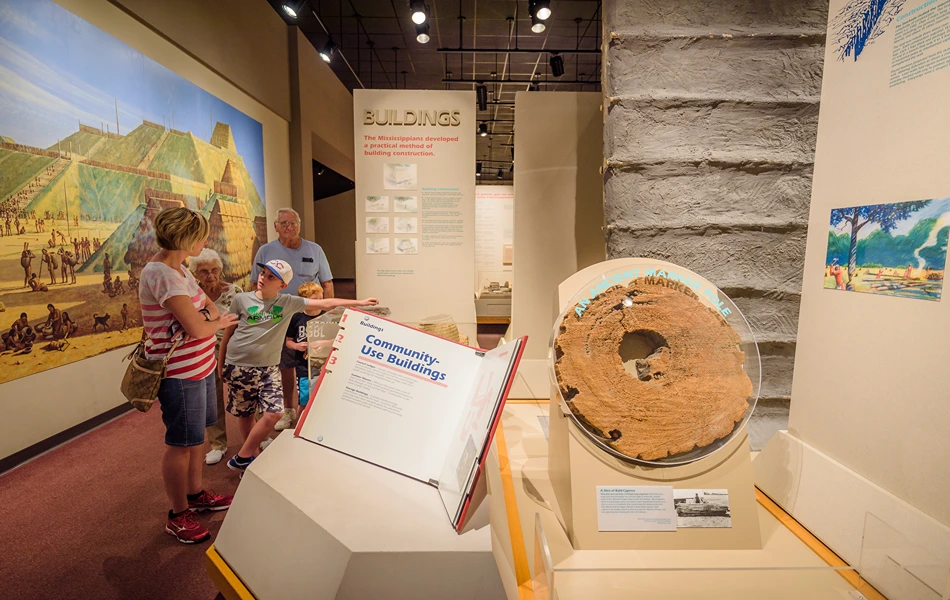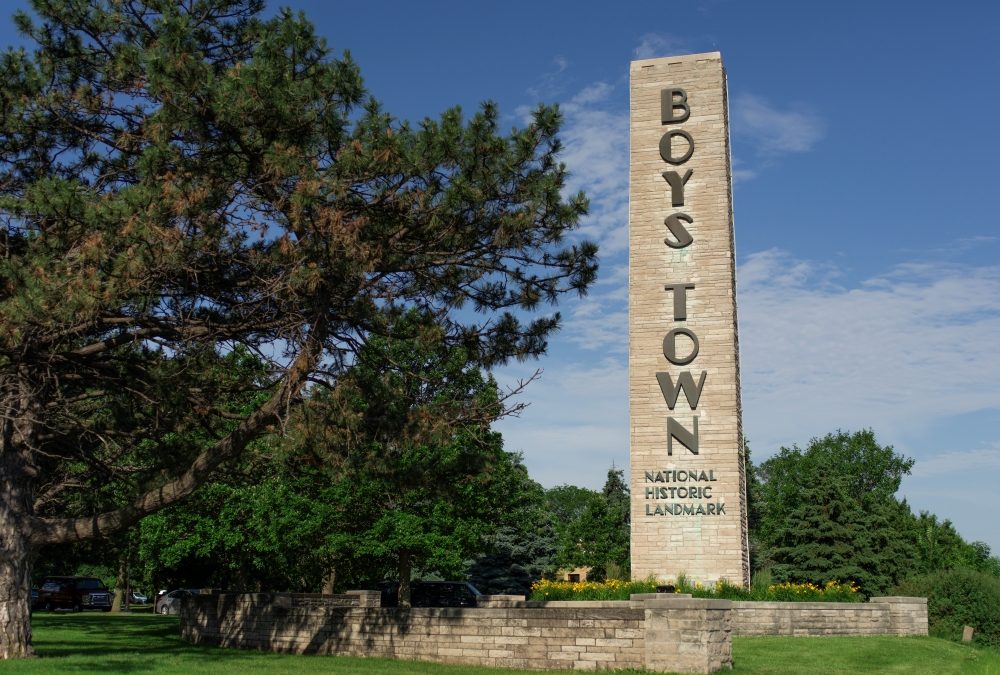Guide to Group-Friendly Museums
Museums provide a unique opportunity for groups to learn about various subjects, including art, history, science and culture. Here are some of the best museums in the country that offer informative exhibits, interactive displays and guided tours. Enjoy Leisure Group Travel’s 2023 group-friendly museums guide.
Charles Hosmer Morse Museum of American Art
Florida
The Charles Hosmer Morse Museum of American Art in Winter Park, Florida houses the world’s most comprehensive collection of works by Louis Comfort Tiffany (1848–1933), including the artist and designer’s jewelry, pottery, paintings, art glass, leaded-glass lamps and windows; his chapel interior from the 1893 World’s Columbian Exposition in Chicago; and art and architectural objects from his Long Island country estate, Laurelton Hall.
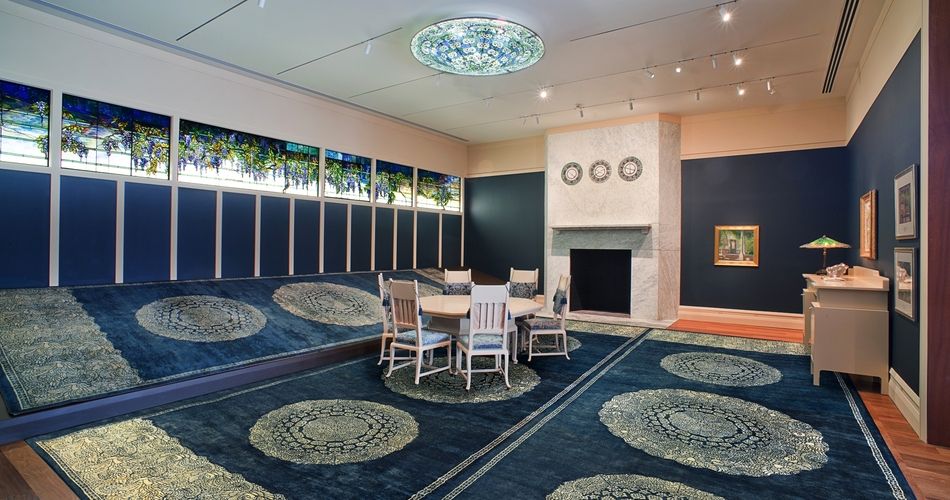
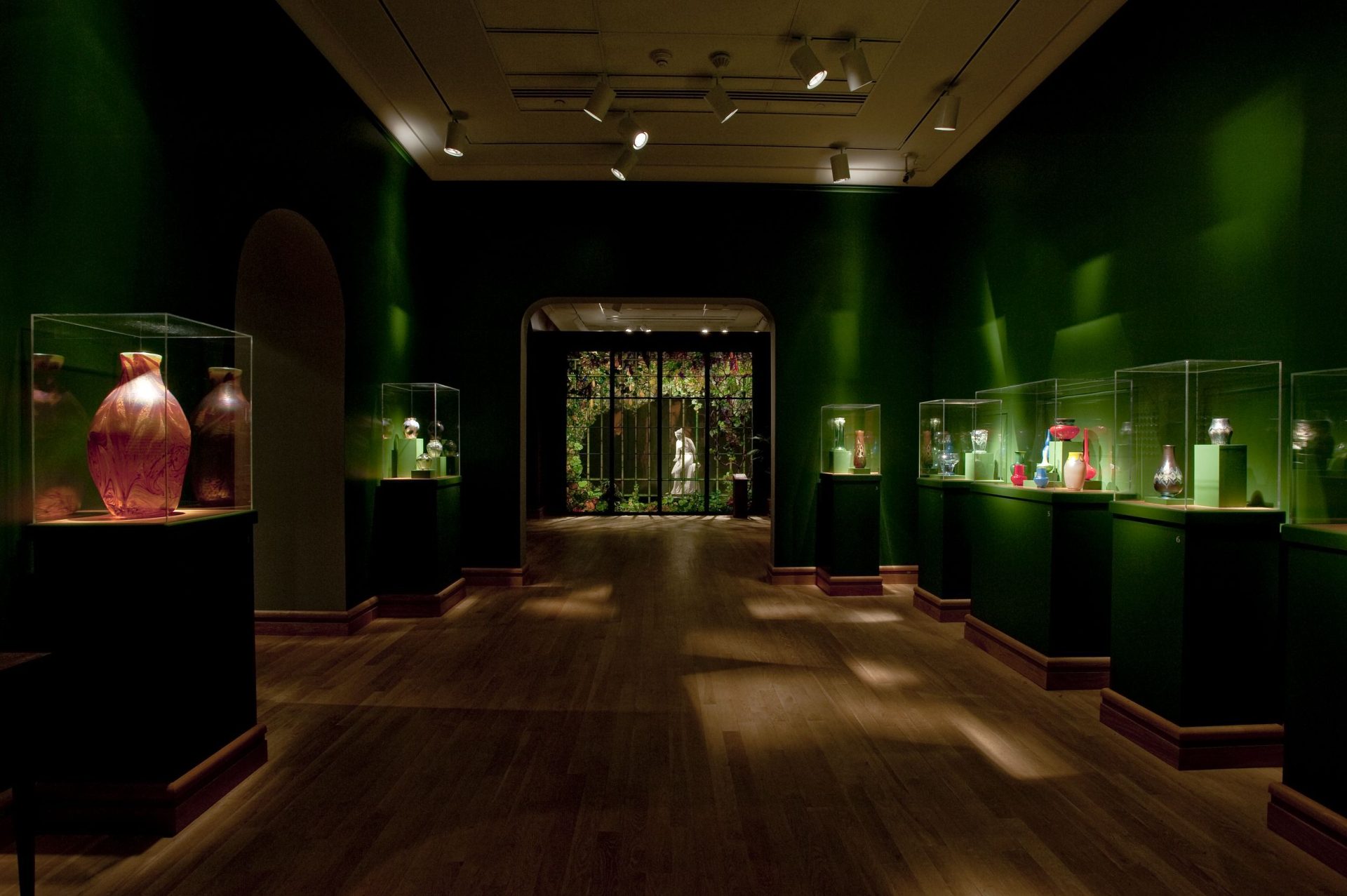
The Museum’s Tiffany collection is broad, deep, and unique. It includes fine examples in every medium Tiffany explored, in every series of work he produced, and from every period of his life. In her book The Art of Louis Comfort Tiffany, Vivienne Couldrey described Morse’s holdings as “the most important collection of Tiffany material in the world today.” The variety of Morse’s Tiffany holdings ranges from his famous leaded-glass windows and lamps to the glass buttons his firm fashioned to make even life’s most humble objects expressions of beauty. The collection in addition includes examples that define him as a painter, decorator, architect, photographer, and landscape architect.
The Morse also features a wide variety of non-Tiffany art and is a treasure house of American decorative art from the mid-19th century to the early 20th century. One particular interest is Morse’s extensive American art pottery collection, which now numbers more than 800 examples, including almost 500 Rookwood pieces. The Morse also contains American leaded-glass windows by Tiffany contemporaries such as Louis Sullivan, Frank Lloyd Wright, and Arthur Nash. The sculpture collection includes works by Thomas Crawford, Hiram Powers, John Rogers, and others. Highlights of the museum’s painting collection include works by Samuel F.B. Morse, Thomas Doughty, George Inness, and more.
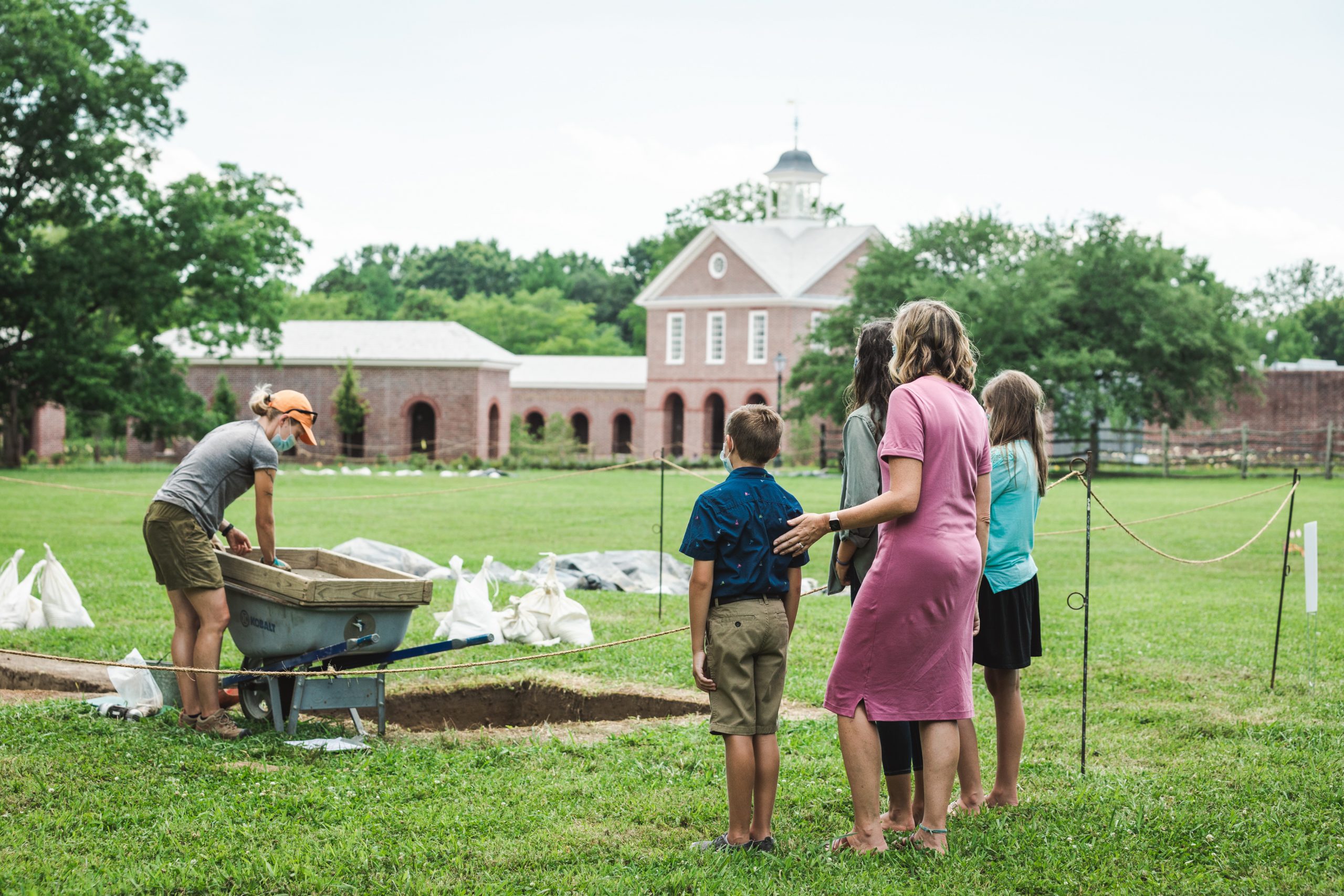
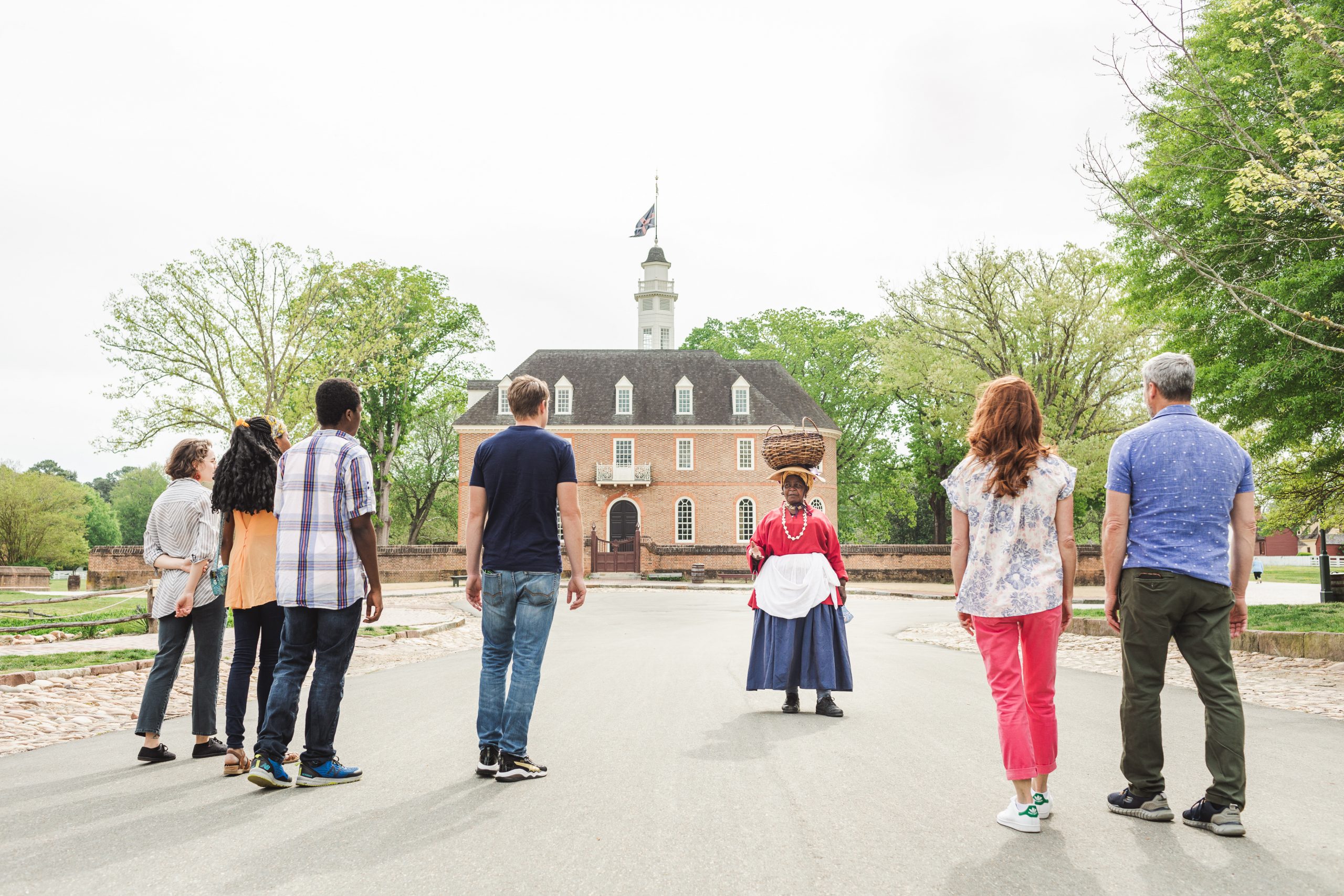

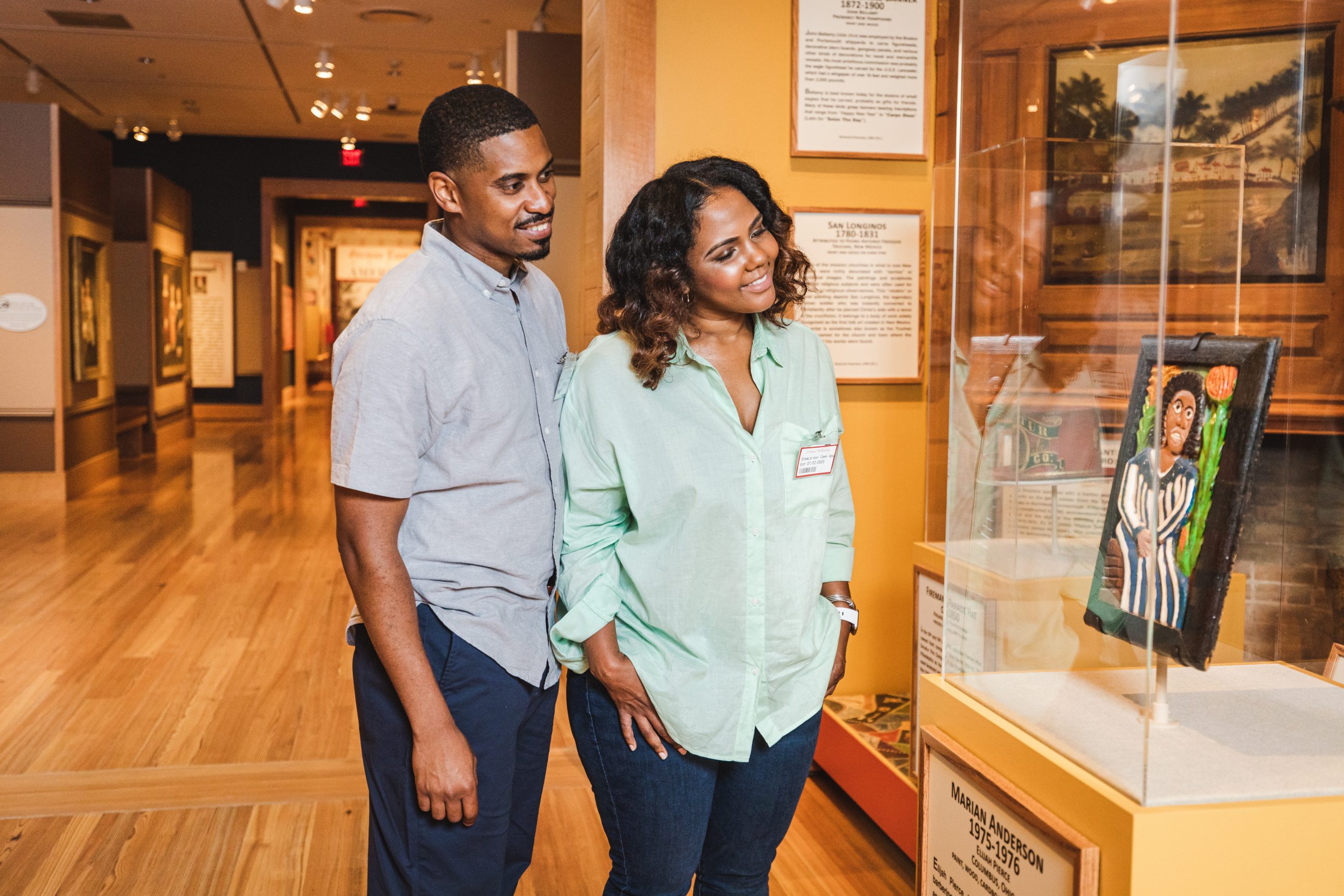
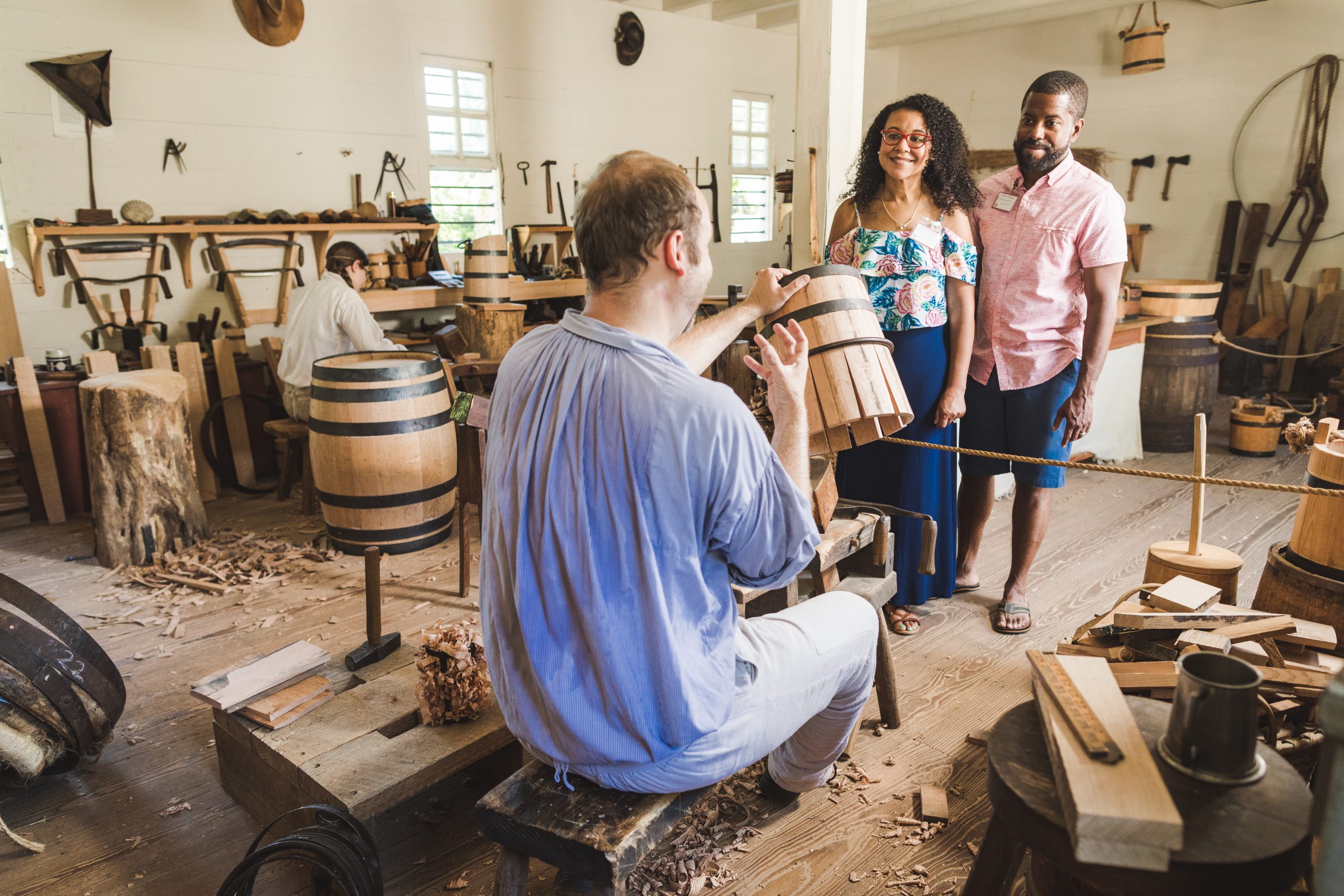
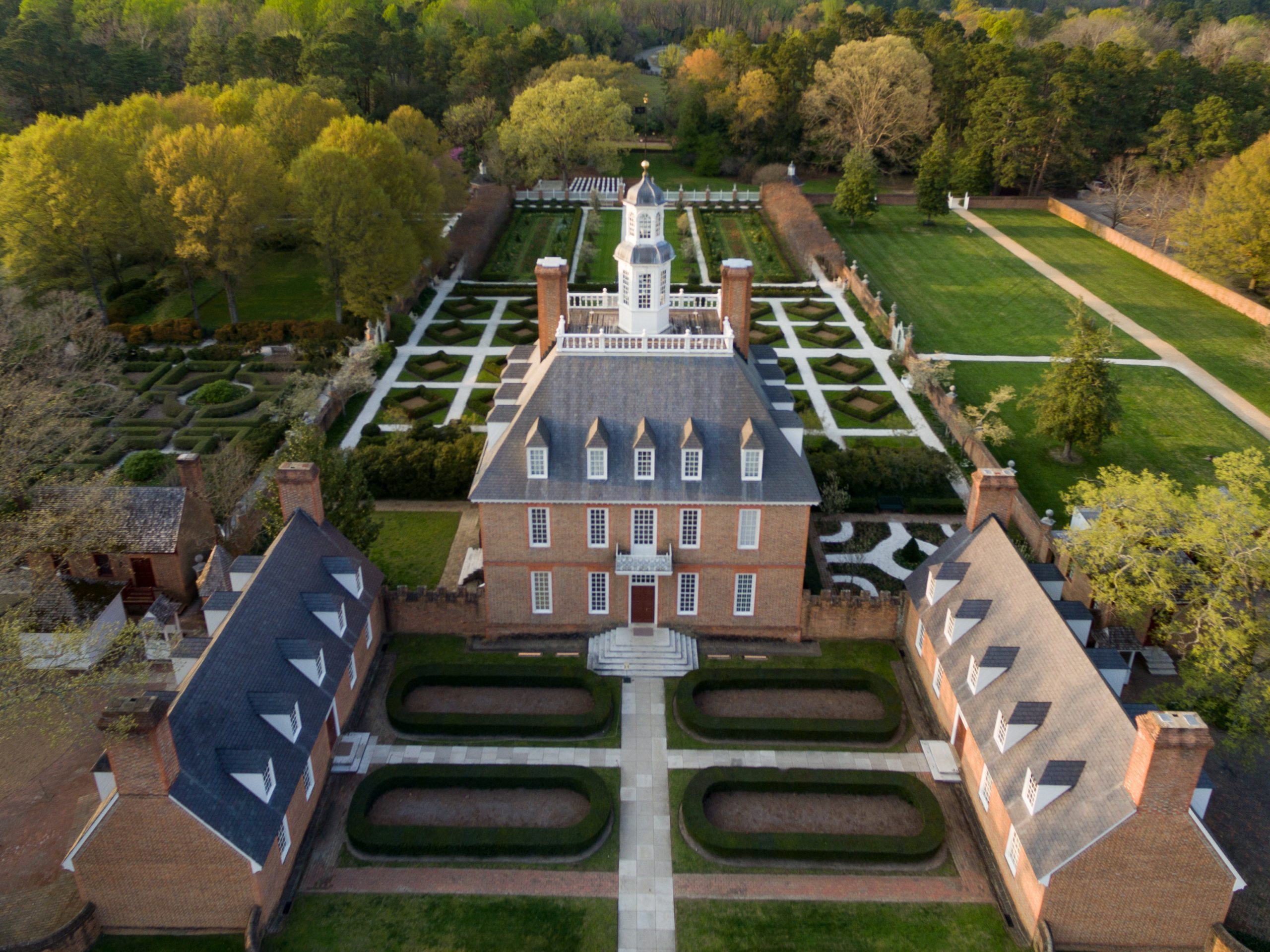
Colonial Williamsburg
Virginia
Colonial Williamsburg is the largest living history museum in the world. Immerse yourself in the revolutionary stories of our American history. With over 300 acres of iconic sites, historic taverns, and world-class art museums, history truly comes to life. Witness costumed interpreters portraying real historic figures associated with 18th-century Williamsburg who made significant contributions to the American story. Take a guided tour of the Governor’s Palace or the Capitol, the seat of colonial Virginia’s government. Meet the world-renowned artisans practicing 18th-century trades that helped build a new nation. From blacksmithing to tailoring, there are over 20 historic trades to pique your interest.
Be sure to visit the rare historic breed animals in pastures throughout the Historic Area, from Cleveland Bay horses to Leicester Longwool Sheep. Research, conservation, and preservation lie at the heart of our mission to present the stories of America’s origins. Learn about the first Black church in America from Colonial Williamsburg archaeologists at our First Baptist Church dig site. Researchers and archaeologists are continuing to learn more about this rich history so that it can be shared—you may even see signs of ongoing preservation and archaeology work during your visit. Don’t miss the world-class Art Museums of Colonial Williamsburg. Discover more of the collection on view than ever, from colorful and whimsical folk art made by amateur artisans in the Abby Aldrich Rockefeller Folk Art Museum to objects that are useful as well as beautiful in The DeWitt Wallace Decorative Arts Museum. Visit the masterfully curated exhibitions or take a tour, then commemorate your trip with a visit to the Museum Store.
At the end of your exploration, wind down with a glass of wine and a meal in the light-filled Museum Café or on the outdoor dining patio.
After a full day of exploring, relax at a historic tavern like King’s Arms Tavern for a colonial-inspired meal. Established in 1772 by Jane Vobe, this tavern was once described as a place “where the best people resorted.” Enjoy 18th-century inspired recipes illuminated by candlelight. Stay at one of Colonial Williamsburg’s official hotel properties, offering unique options from complete luxury to colonial authenticity. Enjoy resort amenities just minutes away from the action of the Historic Area when you stay at Colonial Williamsburg Resorts. Every visit to Colonial Williamsburg helps us continue our mission—to ensure that the future may learn from the past.
Faith and Liberty Discovery Center
Philadelphia
A new immersive museum has opened in Philadelphia, loaded with high-tech interactive exhibits perfect for groups. Faith and Liberty Discovery Center on Independence Mall welcomed its first visitors in May 2021, offering exciting stories about America’s diverse history.
The center invites visitors to explore the relationship between faith and liberty in America from its founding through today by illuminating the influence of the Bible on several prominent people at key historical and personal moments. Glimpse colonial Philadelphia through exhibits focusing on American values that shaped our nation: faith, liberty, justice, hope, unity and love.
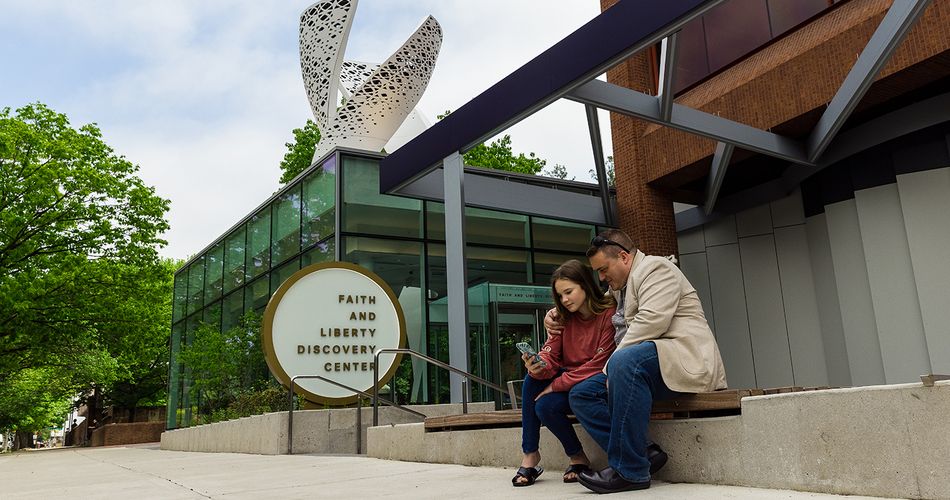
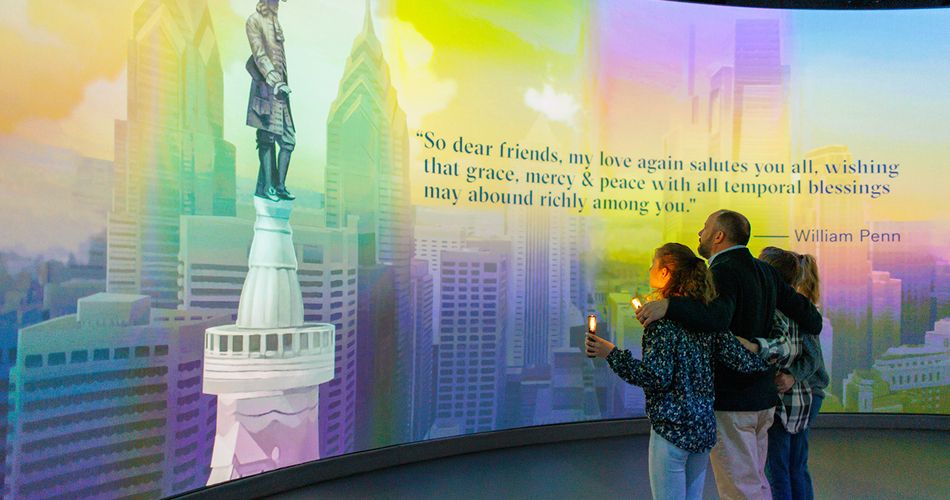
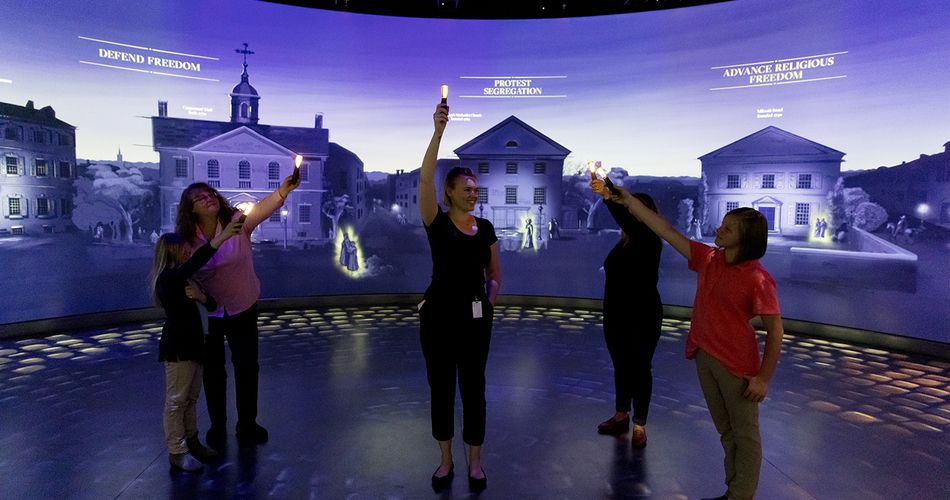
Learn how faith and the Bible influenced citizens struggling with social injustices like voting rights and slavery in the Struggling Towards Justice exhibition.
The center employs groundbreaking technology to help visitors engage with stories through film, interactive media, imagery, artifacts, discussion and reflection. Visitors pick up a “Lamp” at the beginning of their journey which enables interaction and activates immersive elements throughout the galleries. Virtually walking the cobblestone streets of colonial Philadelphia, opening doors and listening in on conversations, and making tough decisions about important issues in our nation’s history are some of the experiences available in the galleries.
A diverse team of subject-matter experts, including top historians, religious experts and legal scholars from across the U.S. has guided the museum’s content and ensures its historical accuracy.
Each gallery is based on one of six common core values (found in the Charter of Privileges, Declaration of Independence, the U.S. Constitution, and in scripture): faith, liberty, justice, hope, unity, and love.
The experience is personal and immersive, inviting visitors of all backgrounds to explore the role of faith in fostering core American values and to discover what those values mean for them personally.
This is not a museum of facts and artifacts; it is a museum of people and ideas and the struggle to build on common values. And this experience takes place in the city where these very ideas have kinetically interacted for centuries of American history. Guests experience history in a whole new light and find themselves in the American story.
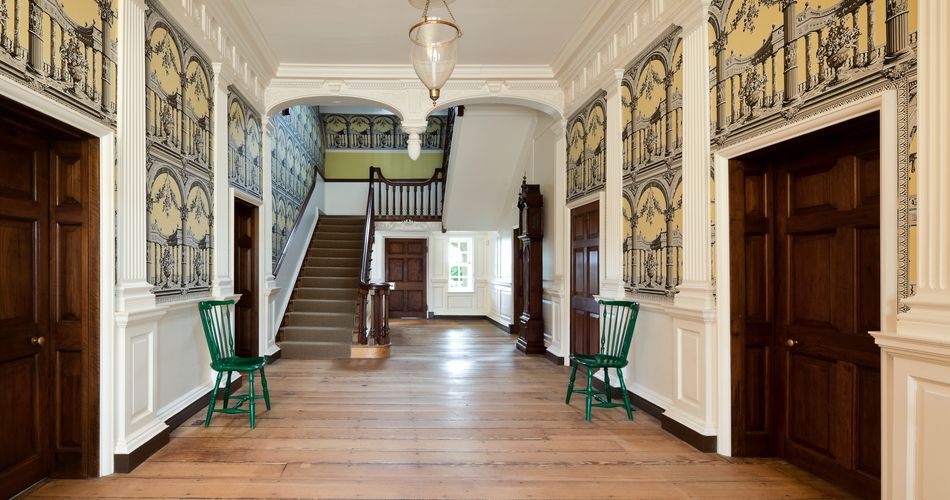
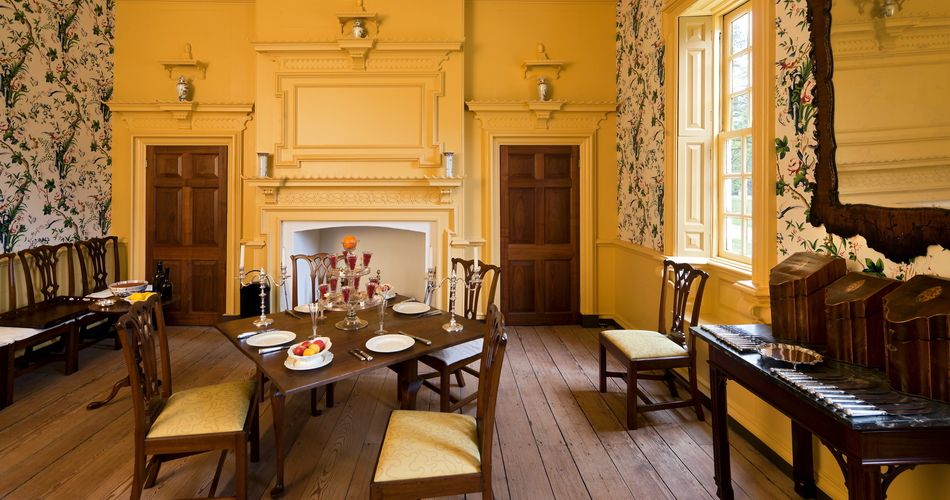
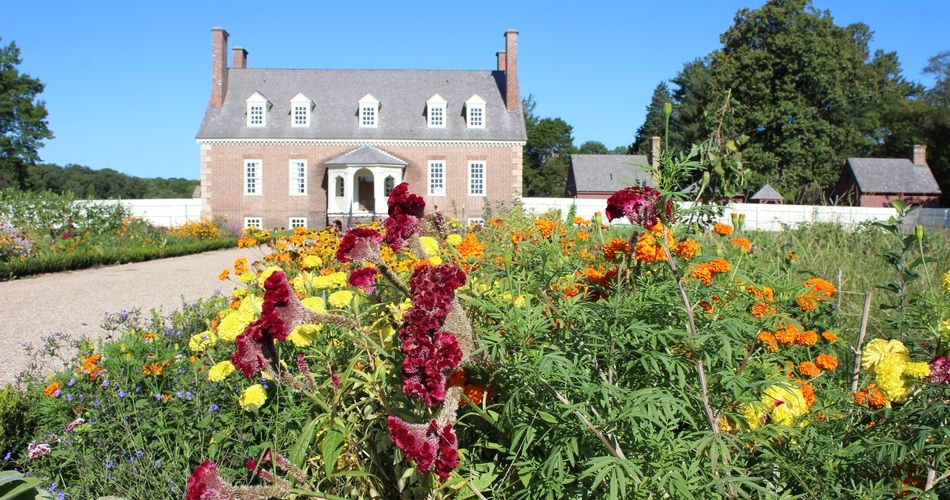
George Mason’s Gunston Hall
Virginia
Sometimes referred to as the “Forgotten Founder,” George Mason often gets overshadowed by his neighbor, George Washington. An architect of the American Revolution and a leading proponent of both limiting government tyranny and protecting citizens’ rights, Mason (1725-1792) was the author of the 1776 Virginia Declaration of Rights and considered one of the main authors of the Virginia Constitution. He was also a leader in the constitutional convention and subsequent ratification debates. And, yes, he was a friend of the other George, George Washington, as well as Thomas Jefferson and other early American founding fathers.
At the Fairfax County, Virginia plantation home of Mason and his family, the story of this bold thinker is front and center. Built between 1755-1759, Gunston Hall is a magnificent 18th-century Georgian home surrounded by some 550+ (at one time it included 5,500 acres) of grounds along the Potomac River and is dedicated to preserving the story of those who lived there.
Highly regarded for its elegant interiors, including a number of architectural elements from Palladian, Gothic, Rococo, Classical and Chinoiserie styles, Gunston Hall was designed by indentured servant William Buckland. The property has reconstructed kitchen, dairy, laundry, schoolhouse, the outline of slave dwellings and the family burying ground. The boxwood gardens, believed to have been planted during Mason’s residence, lead from the house to a hillside overlooking the Deer Park and River. After more than four decades of archaeological research, the restoration of Mason’s 1-acre historic garden will be opened to the public in September of this year. Until then it can be glimpsed from the Mansion.
Visitors to Gunston Hall can view the permanent exhibition Revolutionary Rights, which explores Mason’s democratic ideals as stated in the 1776 Virginia Declaration of Rights. A Woman’s Place is an exhibition devoted to the women — free and enslaved — who lived at Gunston Hall in the 18th century.
Hagley Museum and Library
Delaware
Located on 235 acres along the banks of the Brandywine River in Wilmington, Delaware, Hagley Museum and Library is a sprawling indoor-outdoor, must-see experience spanning hundreds of years of history. It is here that five generations of du Pont family members lived — in the beautiful Georgian-style home as well as the surrounding complex of buildings and gardens — since its completion in 1803.
The first DuPont black powder was made at Hagley in 1804, launching one of the longest standing and most innovative American enterprises since this country’s founding.
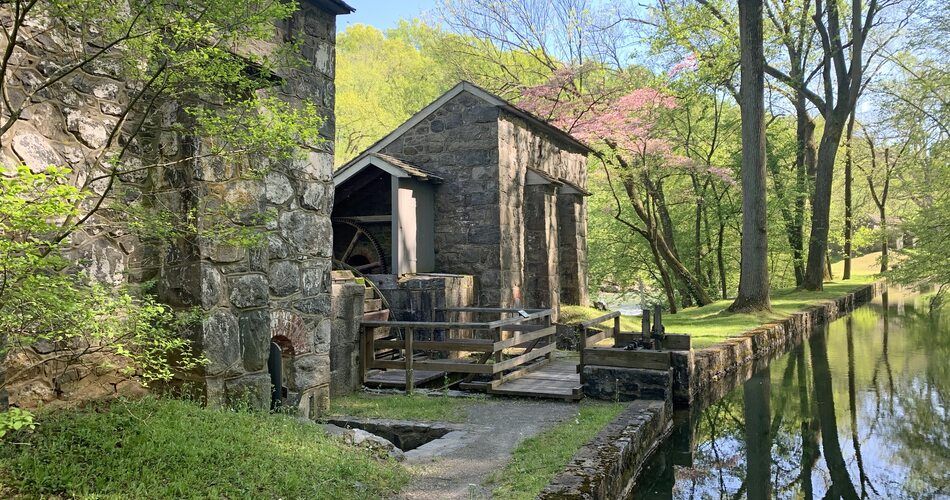
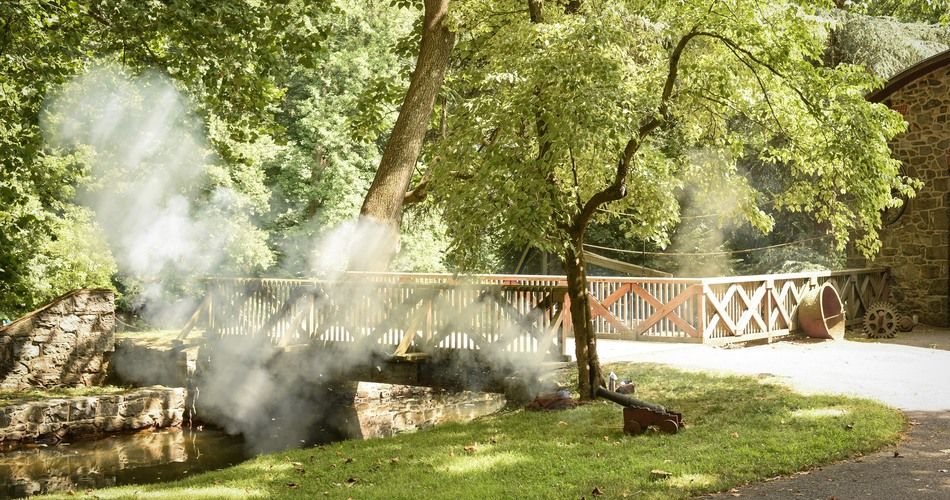

Visitors can journey through the powder yards with historic stone structures that housed the powder manufacturing process, 19th-century machinery, waterwheels and turbines powered by water.
Additionally, Hagley is part of America’s Garden Capital with a concentration of more than 38 beautiful gardens within 30 miles of Philadelphia. There are more public gardens than anywhere else in the country. Garden groups will appreciate more than two centuries of horticultural design and innovation, including a French kitchen garden.
Inside the home, visitors will find it much the same as it was when the last family lived there. It’s filled with furnishings and collections of American folk art, alongside treasured family pieces and items brought with the family from France when they left in 1799. The first office of the DuPont Company, which was constructed in 1837, is also open to the public and features an early typewriter, ledgers and telegraph key, all of which reflect the business activities that were once housed in this building.
Just minutes off I-95, Hagley is centrally located between New York City, New York, and Washington, D.C.
Explore diverse stories of American innovation in Hagley’s new Nation of Inventors exhibition, inspired by a collection of curious patent models from the 19th century.
Group tours are available seven days a week during most of the year, with free, on-site motorcoach parking.

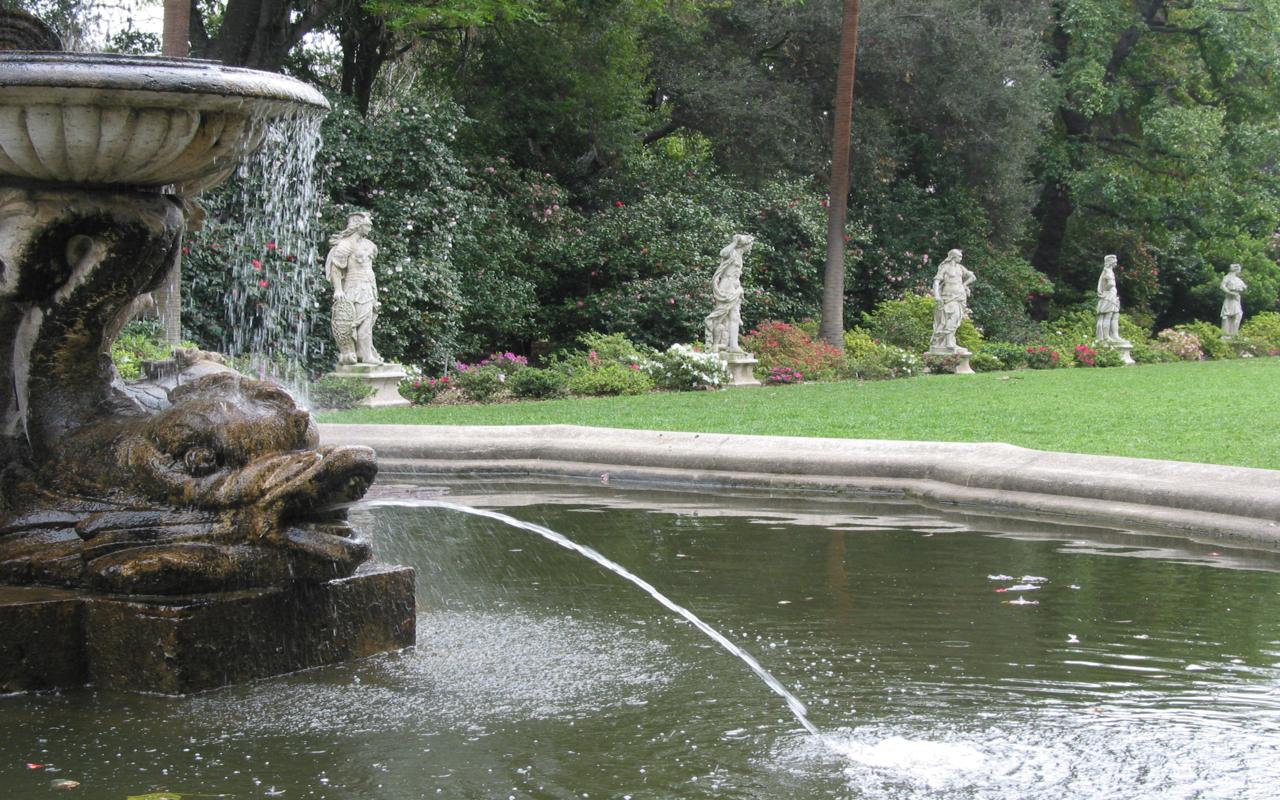

The Huntington Library, Art Museum and Botanical Gardens
California
What began in 1919 as Henry Huntington’s pursuit of his interests in reading, horticulture and the arts blossomed into one of the most varied museums in the United States. A landowner and railroad magnate, Huntington played a major role in the growth of Southern California in the late 19th century, and his influence can still be felt today at the Huntington Library, located in San Marino, Calif.
There are a variety of ways to enjoy the Huntington, which originally was the private estate of Huntington and his wife, Arabella. There’s the library itself, one of the world’s great independent research libraries, with more than 11 million items spanning the 11th to the 21st century.
A Gutenberg Bible, an illuminated manuscript of Chaucer’s “The Canterbury Tales” and a first folio edition of Shakespeare are just a few of the rare items housed here.
The Huntington’s art museum features British, European, American and Asian art spanning more than 500 years and includes more than 45,000 objects. Here you’ll find wonderful examples of decorative and folk art, paintings, prints, photography and sculpture, including Gainsborough’s “The Blue Boy” and Mary Cassatt’s “Breakfast in Bed.”
Then there are the botanical gardens, 120 rolling acres of rare flowers, idyllic ponds and breathtaking sculpture. Featuring living collections in 16 stunning themed gardens with more than 83,000 living plants including rare and endangered species, the gardens are worthy of a visit on their own. When Huntington purchased the San Marino Ranch in 1903, it was a working ranch about 12 miles from downtown Los Angeles that featured citrus groves, nut and fruit orchards, alfalfa crops, poultry and a small herd of cows. In addition to the abundance of beautiful plants, the gardens are home to a laboratory for botanical conservation and research.
Milwaukee Public Museum
Wisconsin
Located in the heart of Milwaukee, the Milwaukee Public Museum features three floors of immersive exhibits that take visitors around the world, back in time, and even to outer space. It’s no wonder it’s the most visited museum in Wisconsin.
Established in the late 19th century, MPM has grown considerably over the years, with collections containing more than 4 million specimens across 150,000 square feet of exhibit space. A natural history museum full of new things to discover around every corner, MPM helps visitors of all ages understand the natural wonders of our world, the many cultures that call this planet home, and how our histories have shaped who we are today.


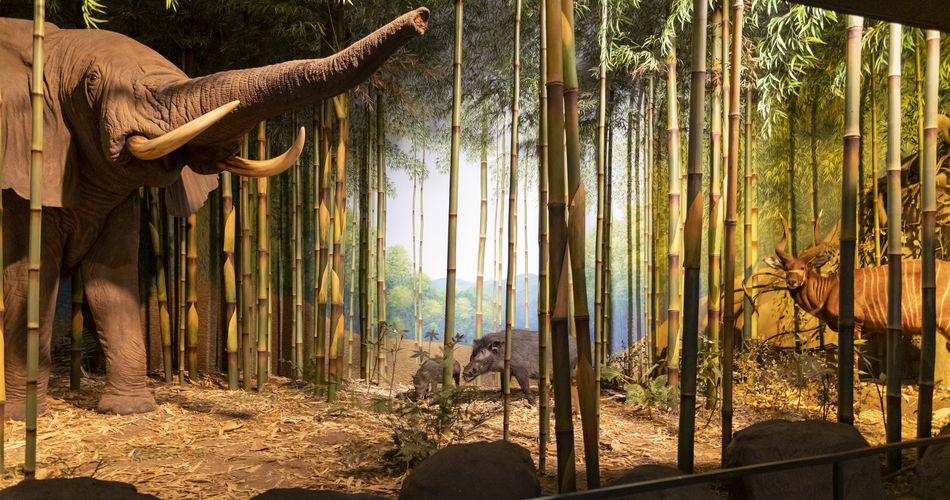
Step inside the tropical Vivarium to wander among nearly 1,000 live butterflies. Explore the Ice Age and look for a saber-toothed cat among the glaciers. Get up close with dinosaurs and learn what sealed their fate. Visit ancient civilizations where you’ll witness King Tut on his chariot. Go on a photo safari in Africa or snap a selfie in the Streets of Old Milwaukee. Don’t forget to find the hidden button to make their rattlesnake come alive. Then there’s the Daniel M. Soref Dome Theater, which features crystal-clear images on a six-story-tall screen and wraparound digital sound, both of which transport viewers into the center of the action — from climbing Mount Everest and cruising the skies on the back of a pterosaur to experiencing the weightlessness of space.
A museum like no other, MPM truly offers something for everyone. www.mpm.edu/groups.



Museum of Illusions
Pennsylvania
Located in the heart of Old City, Philadelphia, the Museum of Illusions Philadelphia invites you to question your perceptions of reality. What’s real and what has the mind altered to see something that’s not there? That is for you to decide as your group immerses in transformative exhibits that challenge your brain, eyes and perspective.
MOI celebrated its one-year birthday in March of 2023. The concept for the museum started in Croatia in 2015 and was eventually franchised in more than 35 cities globally, including Milan, New Delhi, Chicago, New York, Houston and Miami. It was Philly’s time to bring illusory magic to their neighborhood.
Opened to the public in March of 2022, the Museum of Illusions Philadelphia offers a unique experience to learn about the concepts of optical, spatial and classic illusions with behind-the-scenes advantages. Friendly and knowledgeable staff help visitors with questions about the more than 60 visual and educational displays and how they work.
The Ames Room gives the illusion that a person on one side of the room is much smaller or larger than their companion on the other side. This illusion was developed by an American ophthalmologist and psychologist, Adelbert Ames, and is a classic example of a depth perception optical illusion.
Another example can be found at the Beuchet Chair, an exhibit that gives the impression that the person standing behind the chair is a giant towering over the smaller seated person. The creator of this illusion is French psychologist Jean Beuchet; hers is a well-known favorite. Have your group pose in the Antigravity Room, where the laws of physics are debated. A 90-degree angle gives the impression that everyone is hanging upside down!
Have an out-of-body experience at the Head on the Platter exhibit showcasing the tricks of a hidden body using mirrors. Learn the evolution of holograms, the pairing of a photograph and a 3D image, and witness some of the best holograms in the world. You have to see them to believe them.
Test your eyes and mind along the hall of Optical Illusions. Each installation challenges you to see things differently, revealing a little about how the human brain interprets reality. Tease your brain in the Infinity Room, where mirrors surround you transforming the place into infinite space.
NATIONAL AIR AND SPACE MUSEUM
Washington, D.C.
“I feel like a kid in a candy store.” That’s been said more than once by visitors entering the Steven F. Udvar-Hazy Center. The National Air and Space Museum’s second location shares the story of human flight and space exploration, from early ballooning to the latest images from the James Webb Space Telescope and everything in between. It’s a definite “must see”
Space Shuttle Discovery, the B-29 Superfortress Enola Gay, an Air France Concorde, and the record-setting SR-71 Blackbird are just a few of the more than 3,000 artifacts on view in the Center’s spacious exhibition hangars.
Every artifact has a story, and a free docent-led tour is the best way to hear them. Considered one of the best things to do in Washington, DC, the tours at the Udvar-Hazy Center will enhance your visit.
But wait, there’s more!
- The Museum has an observation tower that offers 360-degree views of the area, including some of Dulles Airport’s runways.

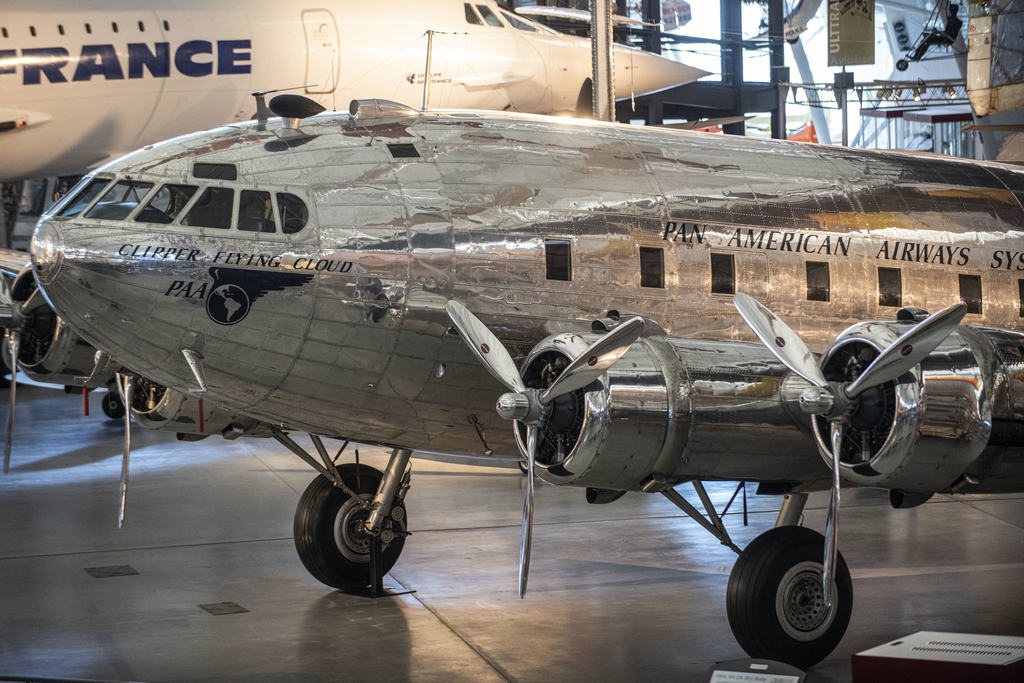

- A restoration hangar with a glass overlook allows visitors to see some of the projects under conservation.
- The largest IMAX screen in the area shows 45-minute films that relate to the Museum’s mission during the day and often has first-run Hollywood movies at night (discounts available for groups of 10 or more).
- Simulator rides and a virtual reality experience let you test your piloting skills or go on a spacewalk (walkup discounts available)
- And let’s not forget – free motorcoach parking.
Tours may also be reserved for parties of 20 or more and must be reserved at least three weeks in advance. Details and registration information at airandspace.si.edu/groups.
The Museum is open daily from 10:00 am – 5:30 pm. Admission passes are not required for this location, although a heads up that you’re coming will help us provide the best visitor experience.
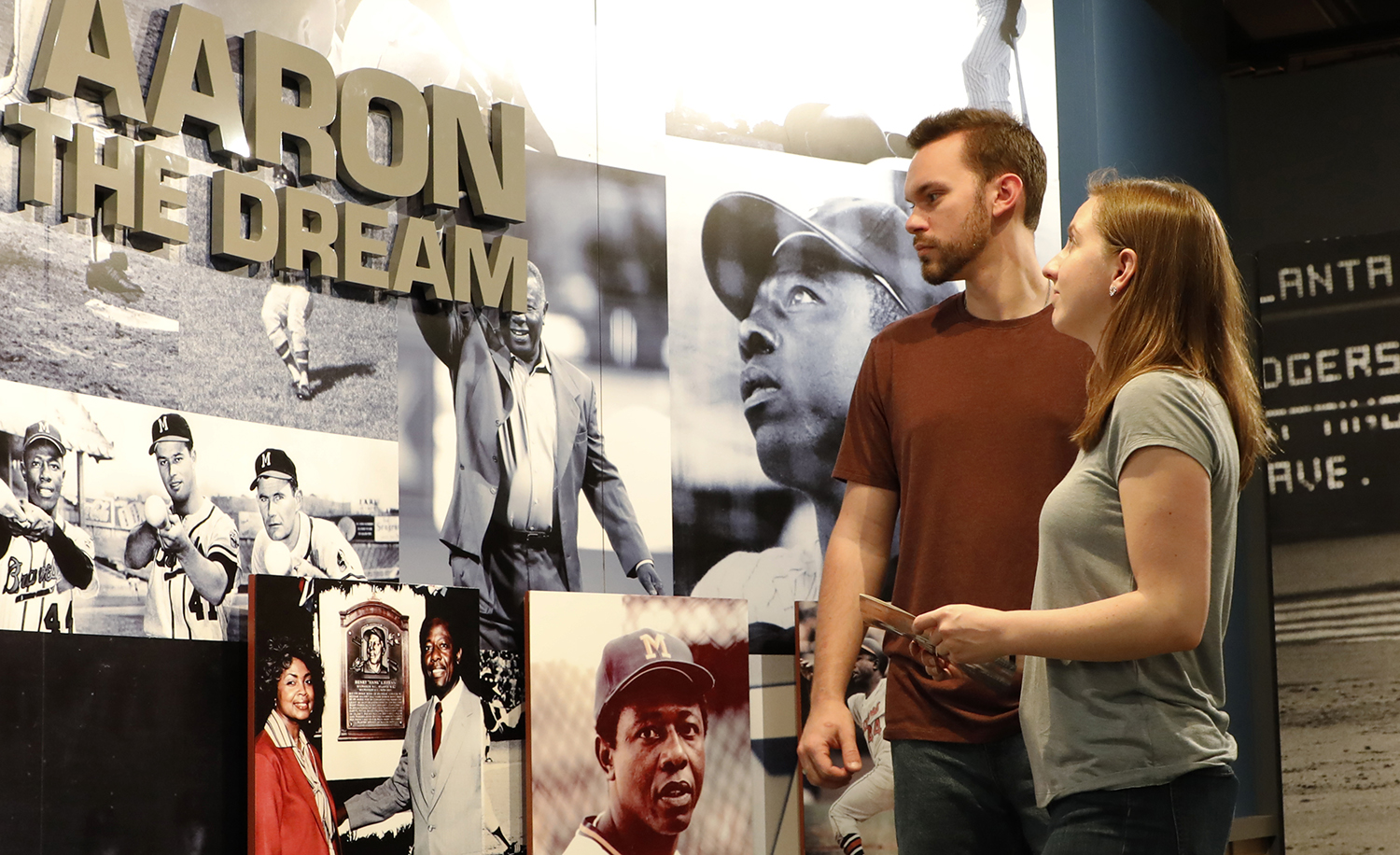
It’s the feelings and emotion behind the memories. It’s everyone who has made the pilgrimage to New York’s Cooperstown to honor the All-Time Greats who are enshrined in the Hall of Fame. It’s the relationships forged, stories shared, cherished memories created – the game connects us all. That’s baseball – and that’s what the National Baseball Hall of Fame and Museum is all about. Once inside the Museum, your cherished memories and moments will come flooding back – whether you are 10 years old or 70 years old, a casual fan or a fanatic.
Opened in 1939, the Hall of Fame’s collections contain more than 40,000 3D artifacts — think bats, balls, gloves and uniforms — donated by players and fans who want to see history preserved. The Museum itself encompasses five buildings connected via several renovation and expansion programs. Today, the Museum can easily accommodate more than 3,000 baseball fans a day.
Start your visit on the second floor where exhibits cover baseball’s history from its humble beginnings to today. The “Taking the Field” exhibit explores the history of the game and explains how a bat, ball and bases became our national pastime. Additional exhibits include “Chasing the Dream,” which honors Hank Aaron’s legacy; “Ideals and Injustices,” a journey through the tribulations and triumphs of Blacks in baseball; and “!Viva Baseball,” dedicated to the rise of the game in Caribbean nations and the influence of Latin players.
And take note: Guests need not be die-hard fans to appreciate and discover the cultural impact of baseball, a tale told over and over again exhibit after exhibit. Make the most of your visit by downloading a floor plan and overview of the National Baseball Hall of Fame and Museum. Looks like everyone is a winner.
National Constitution Center
Pennsylvania
The National Constitution Center in Philadelphia brings together people of all ages and perspectives, across America and around the world, to learn about, debate, and celebrate the greatest vision of human freedom in history, the U.S. Constitution. Visit the museum in person for an immersive field trip and discover rare artifacts and interactive showcases inspired by the U.S. Constitution, or experience the museum online through live online tours, interactive programs, and classes.
The National Constitution Center is the first and only museum dedicated to the U.S. Constitution. Through interactive exhibits, rare artifacts, and live theater, the Center brings the Constitution to life for visitors of all ages.
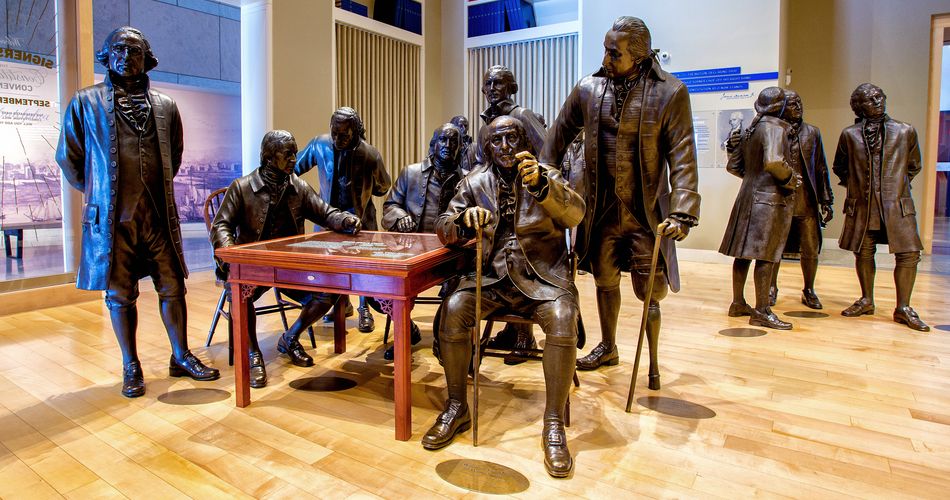
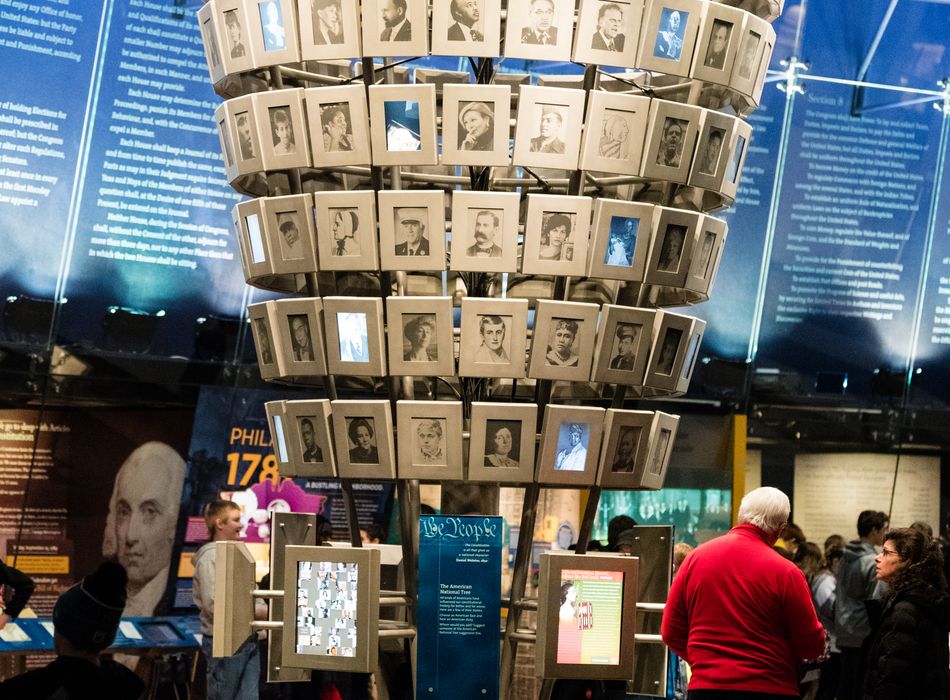

Freedom Rising is a multimedia theater-in-the-round performance that sets the stage for the National Constitution Center visitor experience.
In Signers’ Hall, walk among 42 life-size bronze statues of the signers of the Constitution. In the Story of We the People, explore over 100 multimedia elements and discover for yourself why the U.S. Constitution is as important today as it was over 200 years ago.
After your visit, bring the National Constitution Center home with you and into your classroom! Museum resources include an online Interactive Constitution and drawing on primary source documents from the new, curated online Founders’ Library—containing over 170 historical texts and over 70 landmark Supreme Court cases selected by leading experts of different perspectives—students can study the historical and philosophical foundations of America’s founding principles from a range of diverse voices. Educators are encouraged to utilize numerous educational resources on their website to enhance in-class learning. The new Constitution 101 online curriculum provides teachers a comprehensive semester-long course on the Constitution and offers high school students the opportunity to think about the Constitution and America’s founding principles more deeply, more critically, and for themselves. Constitution 101 is a virtual curriculum offered specifically to provide students with a basic understanding of the text and its profound significance. Some examples of units include The Bill of Rights, The Legislative Branch: How Congress Works, and Slavery in America: From the Founding to America’s Second Founding.
Other programs include live, real-time online classes catered to audiences from elementary school to high school, as well as lifelong learners. These lessons help build critical thinking abilities, active listening and engagement among students and professors.
This must-see museum is located at 525 Arch Street just steps from the historic Liberty Bell and Independence Hall making this a magnificent field trip destination. Groups of 15 students or more receive discounted admission rates to premier exhibits, history tours, and educational programs.
For more information about planning your next field trip @constitutionctr, visit their website and start creating a memorable experience for the entire class.

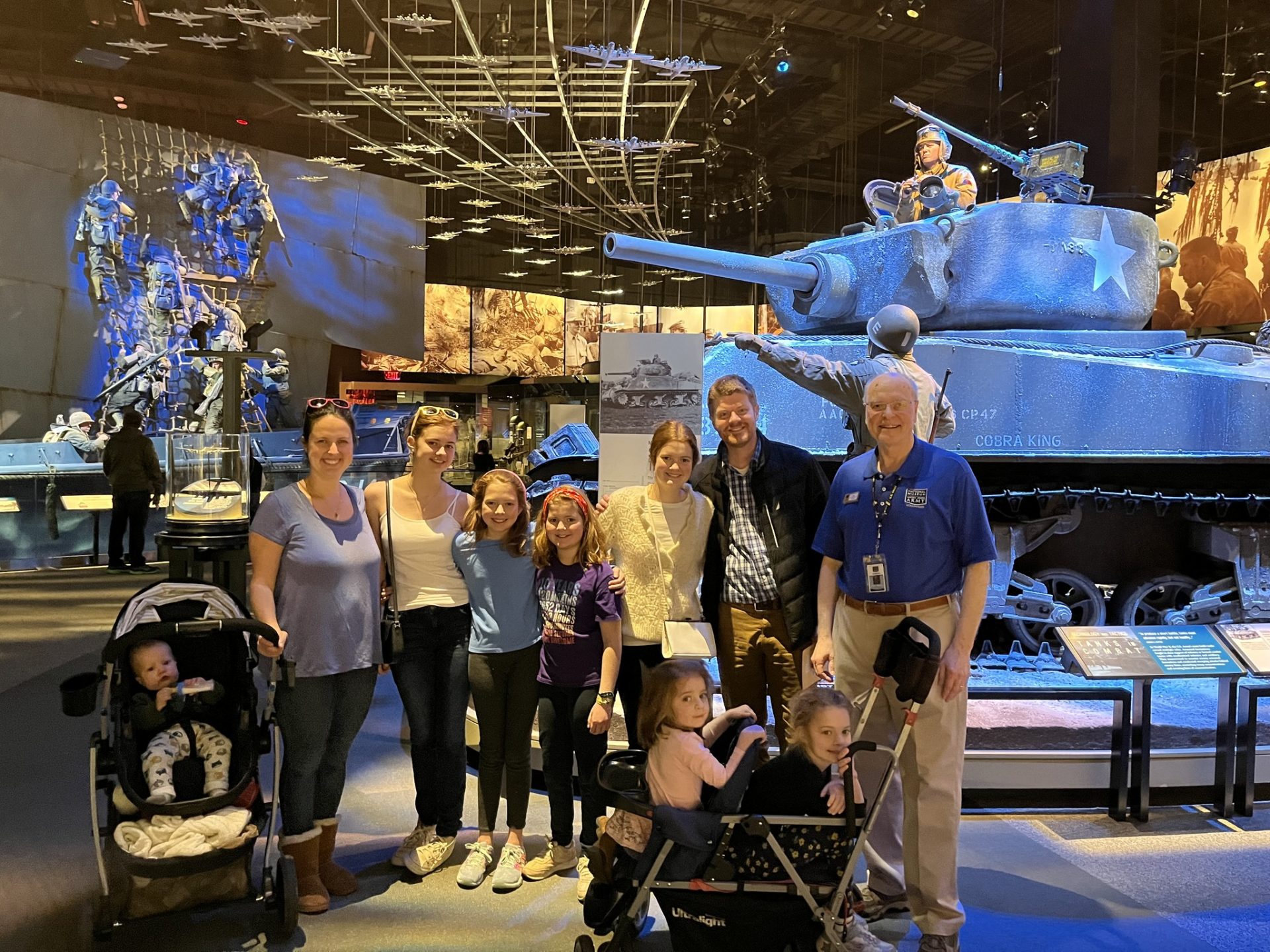
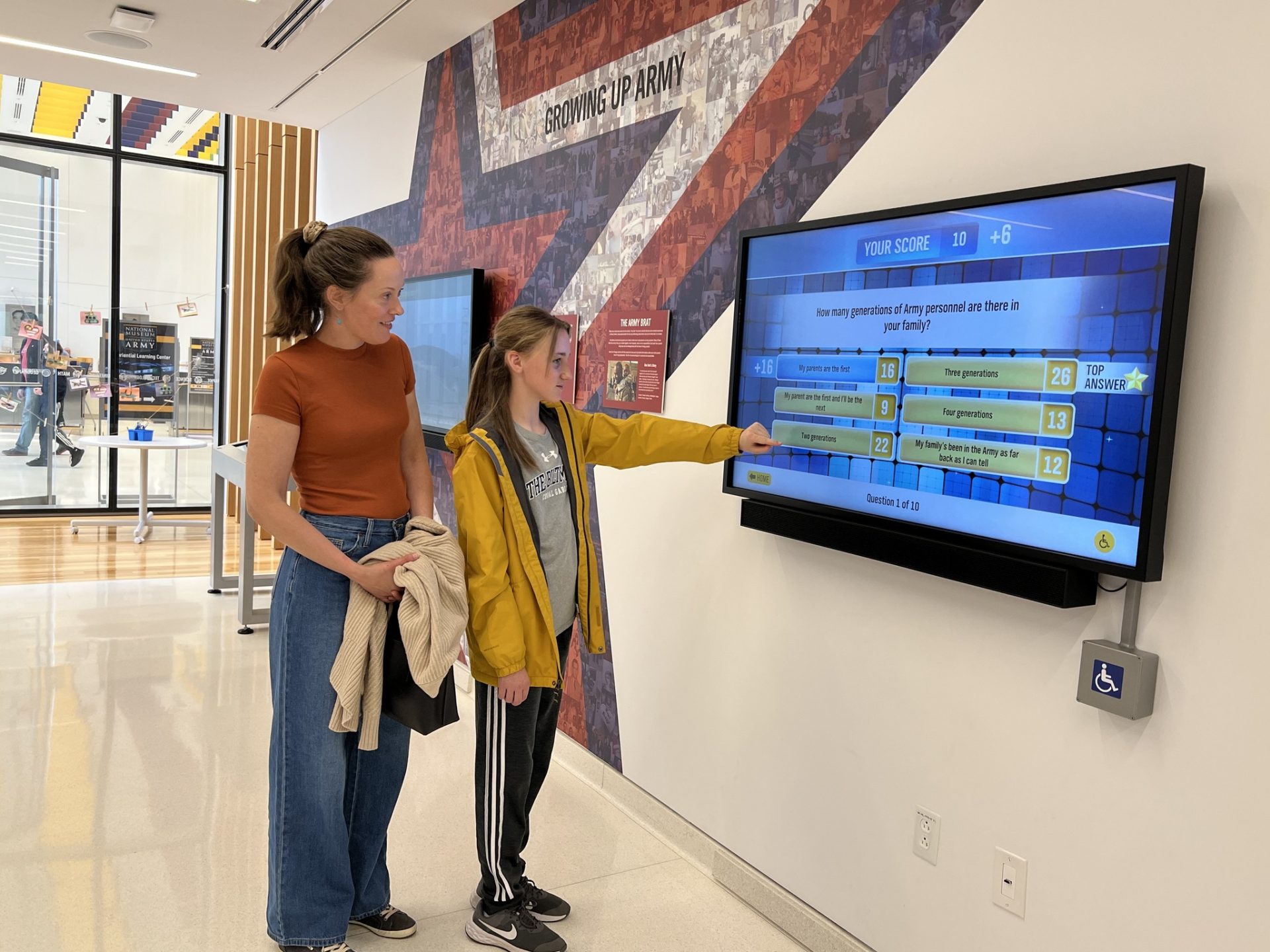
National Museum of the United States Army
Located on a publicly accessible space at Fort Belvoir, Virginia, just south of Washington, D.C., the National Museum of the United States Army is a state-of-the-art, all-ages destination that proudly tells the story of America’s oldest military service. Situated on an 84-acre campus, the museum includes outdoor event spaces, onsite dining, flight and tank simulators, shopping, and the Experiential Learning Center, which engages individuals and groups in G-STEM activities.
Included in the museum’s permanent exhibits are the Fighting for the Nation Galleries, which include “Founding the Nation” (which explores the origins and formation of the Continental Army), “Preserving the Nation” (which documents the Army’s role in the Civil War and America’s westward expansion) and the “Global War Gallery” (which portrays the Army’s role in the Allied victory during World War II).
Students will also learn about the Army’s participation 21st century conflicts in Iraq and Afghanistan in the “Changing World Gallery.” The “Army and Society” gallery tells the history of the intersection between the Army and the nation, including the Army’s role in advancing the fields of medicine, engineering, space exploration and flight.
The Army Theater presents a free multi-sensory film, projected onto a 300-degree screen, recreating moments of Army history that showcase Army values. Admission and parking are free. Minutes from I-95 and a short drive to Mount Vernon. Thirty minutes from Washington’s National Mall. Special group offers can be found at ArmyHistory.org/group-ticketing/
Ronald Reagan Presidential Library and Museum
California
The American Presidency comes alive at the Ronald Reagan Presidential Library and Museum – a museum designed to bring history to life. Where else in California can visitors walk onboard an actual Air Force One aircraft that flew seven U.S. presidents, touch an authentic piece of the Berlin Wall, or lay a hand on a real steel beam recovered from the World Trade Center after 9-11?
Visitors will not just learn about the history of the American Presidency but will immerse themselves in Ronald Reagan’s path to the White House.

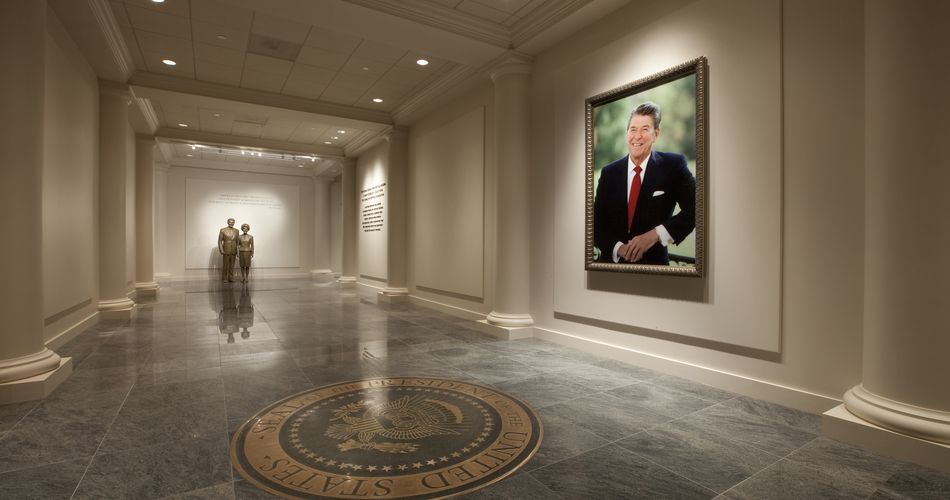

Starting back in his days as a sports radio announcer to his years as a Warner Brothers movie actor and then the host of GE Theater, visitors step into his shoes, using Green Screen technology. Follow President Reagan to the White House and deliver the Presidential Inauguration using a teleprompter. Travel the world on diplomatic missions on board Air Force One. Explore the White House Oval Office and the White House East Wing.
Stroll through the Library’s gardens, which include a replica of the White House Rose Garden and the White House West Lawn! Dine at one of the Reagan’s Library two restaurants – Gipper’s Bistro Bar + Grill and The Ronald Reagan Pub. From Air Force One to historic photos and video to interactive games to exquisite, landscaped grounds, to special exhibitions and events, the Reagan Library is truly one of the most unique and beautiful travel destinations in southern California.
“The Reagan Library also hosts world-class exhibitions,” said Melissa Giller, chief marketing office of the Ronald Reagan Presidential Foundation and Institute. “Open now through January 28, 2024, Auschwitz. Not Long Ago. Not Far Away at the Reagan Library brings together more than 700 original and powerful objects of great historic and human value; objects that were direct witnesses of the horrors of Auschwitz and the Holocaust that serve as the guiding thread of a rigorous and moving account on the history of the camp and its dwellers, both victims and perpetrators. This is the only time this exhibition will be on the West Coast.”
For more information on the Ronald Reagan Presidential Library and Museum, including its upcoming exhibits and programming schedule, call 800-410-8354 or go to www.reaganlibrary.com.




St. Catharines Museum & Welland Canals Centre
Ontario
The St. Catharines Museum and Welland Canals Centre is the most popular place to watch ships as they navigate one of the world’s engineering marvels – the Welland Canal.
Observe these giants from the observation deck or from the 2nd floor Lock View Lounge. During your visit to the site, take time to explore the Museum’s exhibition galleries where local history is brought to life. The museum is dedicated to engaging visitors, telling the story of the city through artifacts and preserving, sharing and celebrating the cultural identity and history of the city. It is a valued community resource that interprets, exhibits, researches, acquires and preserves the material culture and stories of St, Catharines.
Its impressive collection has approximately 800,000 records, including photographs, artifacts, archival documents that provide a glimpse at the unique character of the community over time and of the people of St. Catharines. Another favorite is the Ontario Lacrosse Hall of Fame and Museum, located at the Welland Canals Center.
Guests can explore the rich history of North America’s oldest team sport.
The museum recognizes and celebrates the great game of lacrosse through historical, cultural and athletic contributions to the sport; celebrating past and present achievements in Canada’s national sport across the province. Don’t forget to stop into Merritt’s Mercantile gift shop and pick up a souvenir of your visit or just browse through the local history books and DVD’s for sale. Guided tours, programs, and other group experiences are available for all ages, groups, and audiences, including school groups, scouting and guiding groups and adult tour groups.
Texas Ranger Hall of Fame and Museum
Texas
Texas Rangers uphold a standard of living known as the “Ranger Ideal.” The Texas Ranger Hall of Fame and Museum (TRHFM) in Waco, Texas aims to preserve this way of life and the valiant efforts of Texas Rangers from past to present to teach future generations.
According to the museum director, Byron A. Johnson, the Ranger Ideal lifestyle encompasses “honor, self-sacrifice, perseverance, dedication, valor, duty and humility.” Without these brave Texans and their courage and belief in doing what’s right by the people, Texas wouldn’t be what it is today.
The TRHFM invites visitors to experience Texas Ranger heritage and their western history. During your tour, see authentic uniforms used throughout ranger history and the iconic circle-star badges. Soak up some pop culture in the Lone Ranger exhibit, highlighting the former radio and television shows and movies depicting the life of a Texas Ranger.
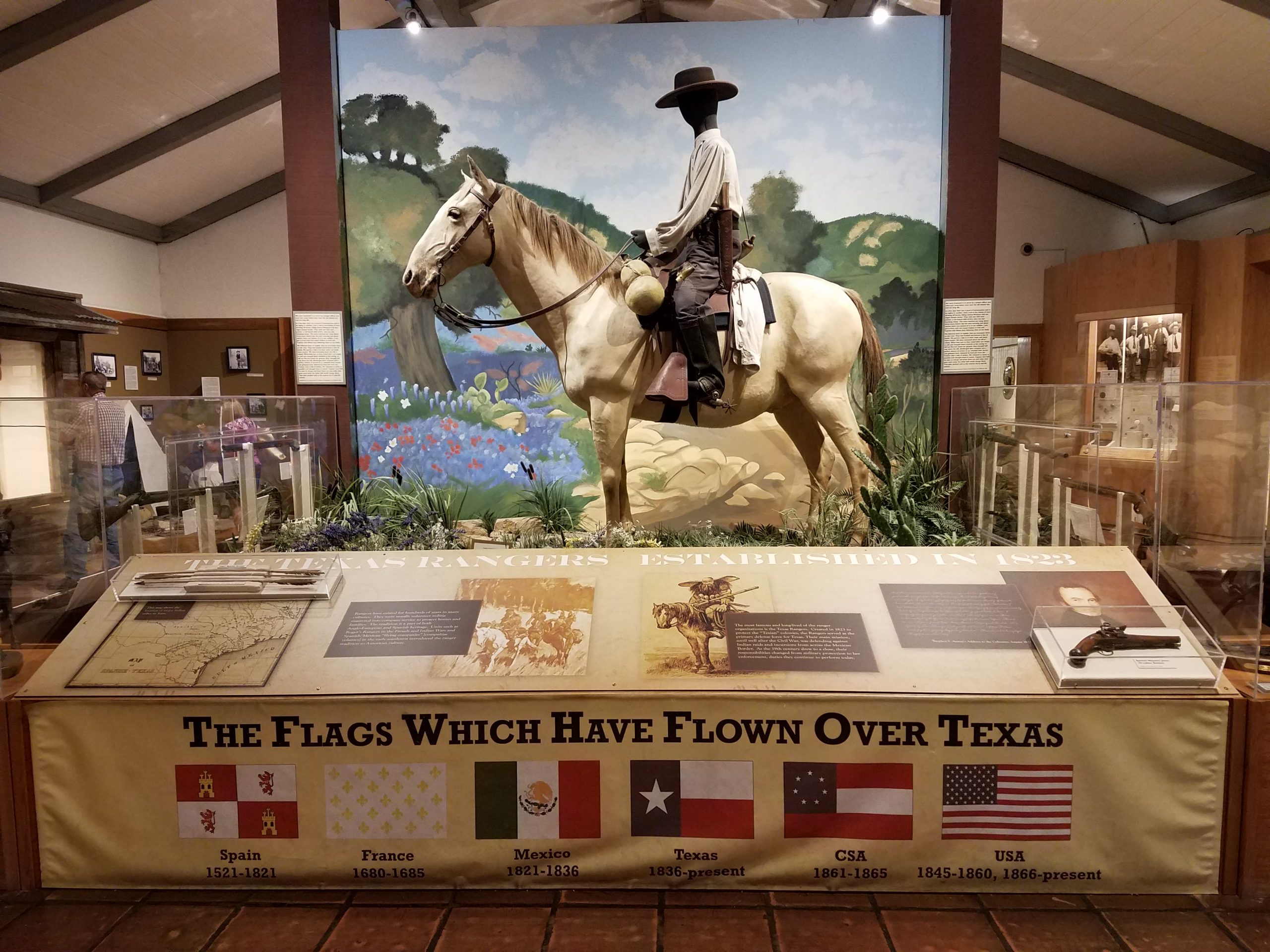

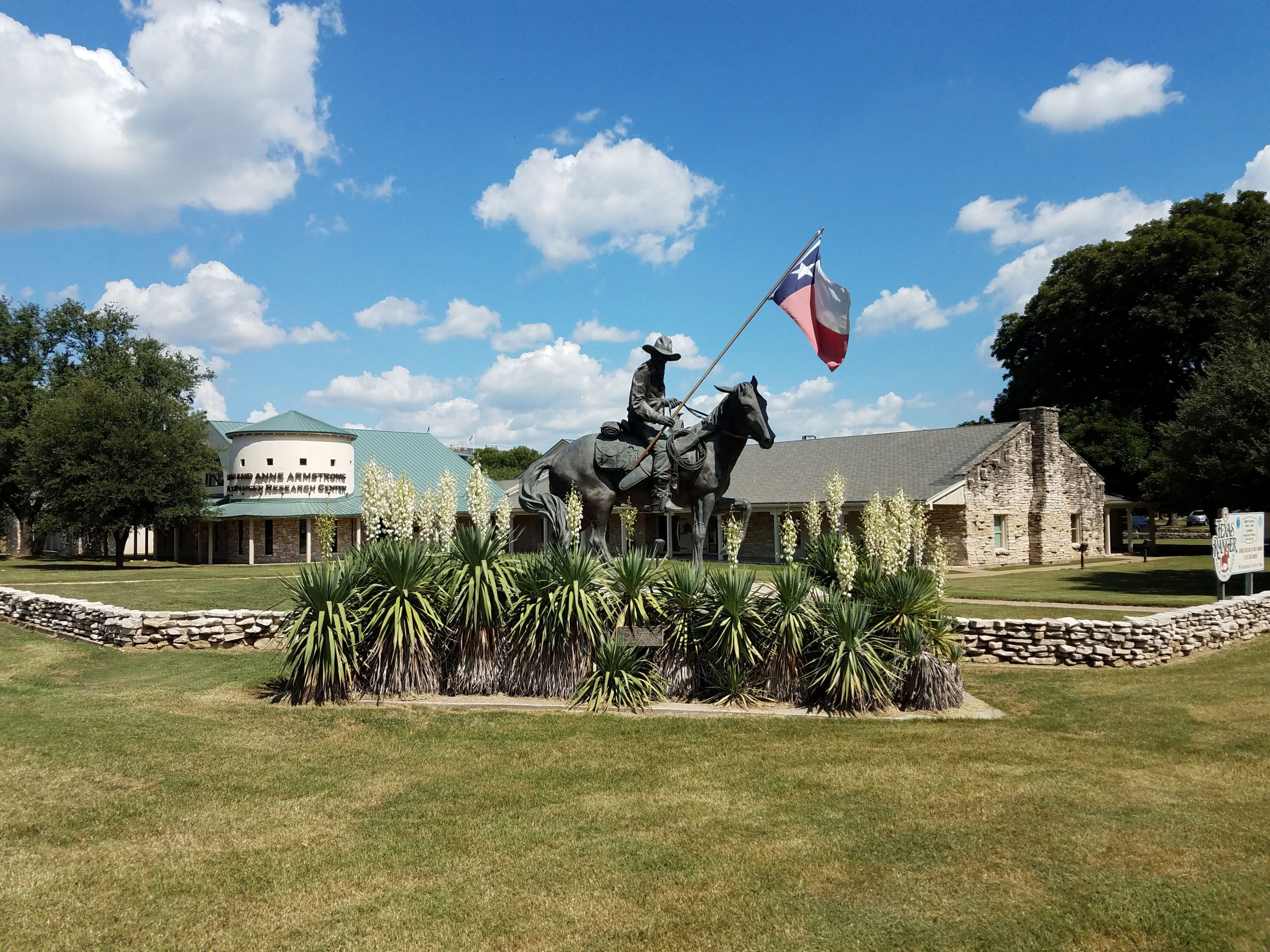
Browse a selection of the 20,000 artifacts, artwork, photographs and documents preserved for future generations. Explore sculptures and fine art portraying the often unforgiving and inhospitable western landscape.
In the Hall of Fame, see rangers who are honored including those of American Indian, Mexican and African-American descent. A fundamental law enforcement branch of the Lone Star State, Texas Rangers embody quiet confidence, working side-by-side with state and local police on violent crimes, police shootings and cold case files.
At TRHFM, discover antique revolvers and muskets used early on by the frontier forces to thwart would-be train and bank robbers. Glimpse how our ancestors were paid in the substantial collection of paper currency and coins, some of which were recovered from the aforementioned thieves.
TRHFM welcomes teachers and students to the new education center to experience Texas history through guided and self-guided museum tours. The classroom environment is perfect for field trips and groups looking to develop lesson plans, utilize student resources and host special events.

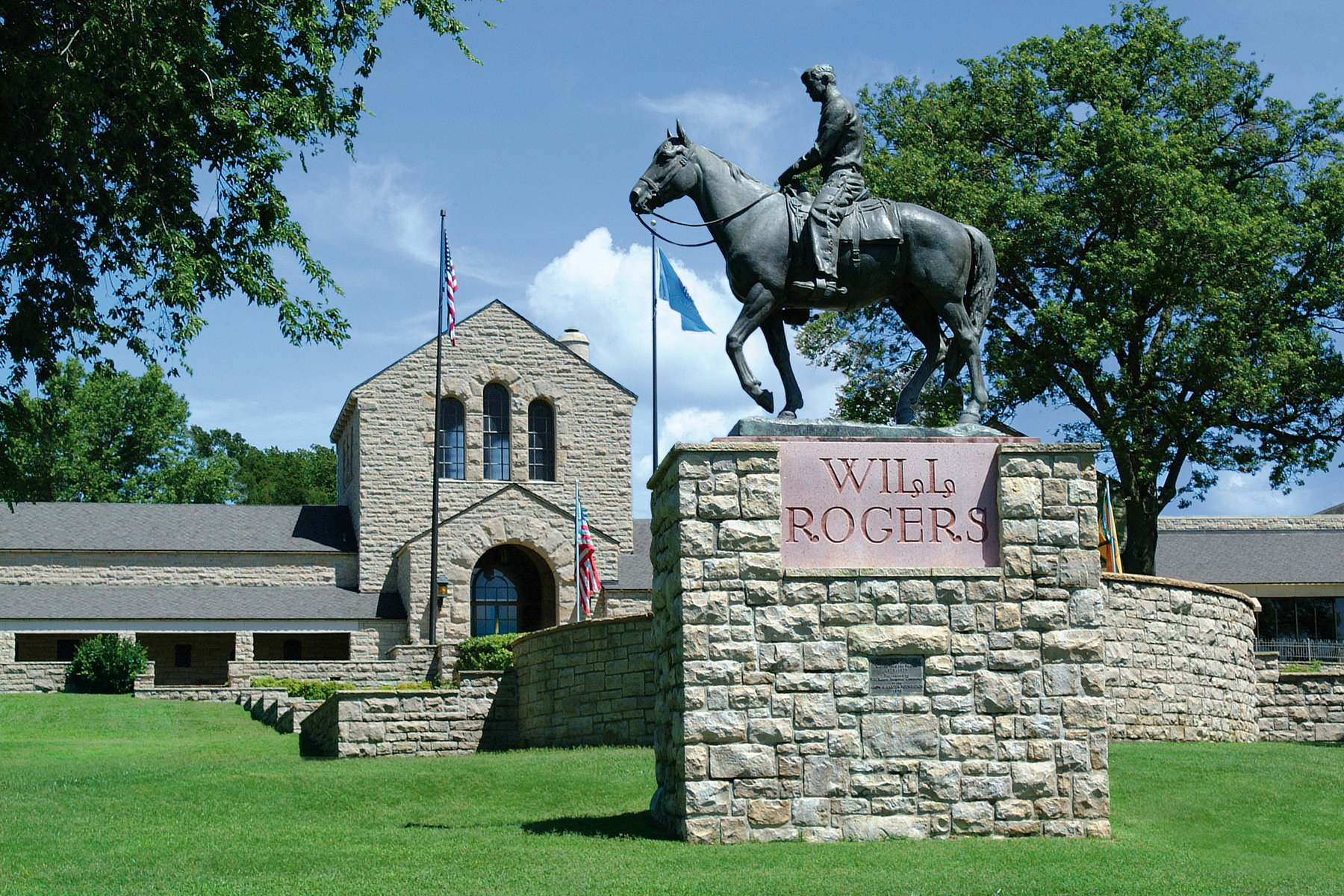
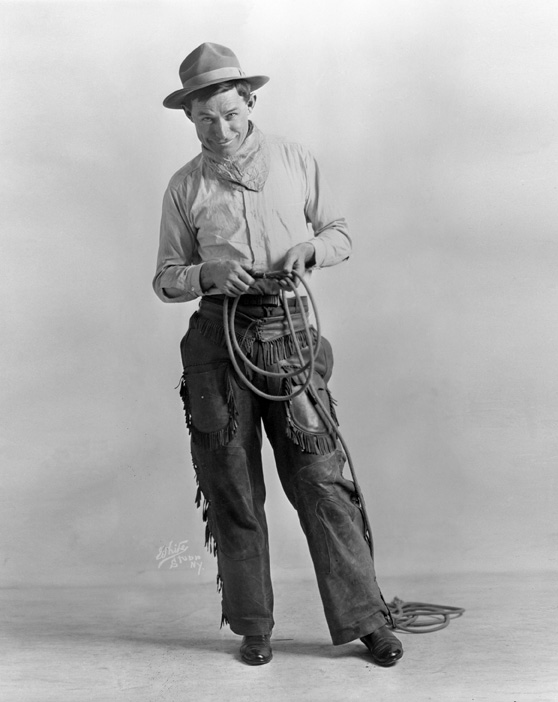
Will Rogers Memorial Museum
Oklahoma
Considered Oklahoma’s favorite son, Will Rogers is an American humor legend and cowboy philosopher who became the most popular and influential person in America in the 1930s. He was a famous vaudeville performer known for his comedic commentary and wholesome character in acts like the Ziegfeld Follies, daily newspapers columns, radio shows and he appeared in 71 movies, becoming the #1 movie star in 1934.
Celebrate his life and accomplishments in Claremore, Oklahoma, home of the Will Rogers Memorial Museum, just one mile from historic Route 66. Explore 12 galleries and indulge in the actor’s history through movies, his famous quotes, photographs, and memorabilia. Take in a documentary or two about the Western American icon in the museum theater and stop into the gift shop for souvenirs. After his sudden death in a 1935 plane crash, Will’s wife Betty proclaimed Claremore to be the memorial place for fans to pay homage and celebrate his accredited life. Thanks to her and many other contributors, the personal keepsakes and memorabilia that make up the museum are the largest collections of the humorist’s career momentos anywhere in the world.
Both the museum and the Birthplace Ranch in Oologah, Oklahoma, are open daily from March 1 through November 10 and seasonally during the remainder of the year. Visit the birthplace and Rogers’ Greek-revival style family home, a once expansive 60,000-acre working ranch and take part in a number of activities.
Your group will learn, laugh and be inspired as the museum and birthplace ranch offers group tour rates for a 1- to 2-hour tour and encourages field trips and educational opportunities. Guides are available and a driver and tour coordinator is free. There is also a special presentation by the museum’s interpreter, Bart Taylor and the museum features a fabulous gift shop. Bus parking is available and the museum is located close to local favorite restaurants and great shopping. Call 918-343-8111 for information.
Request More Information




